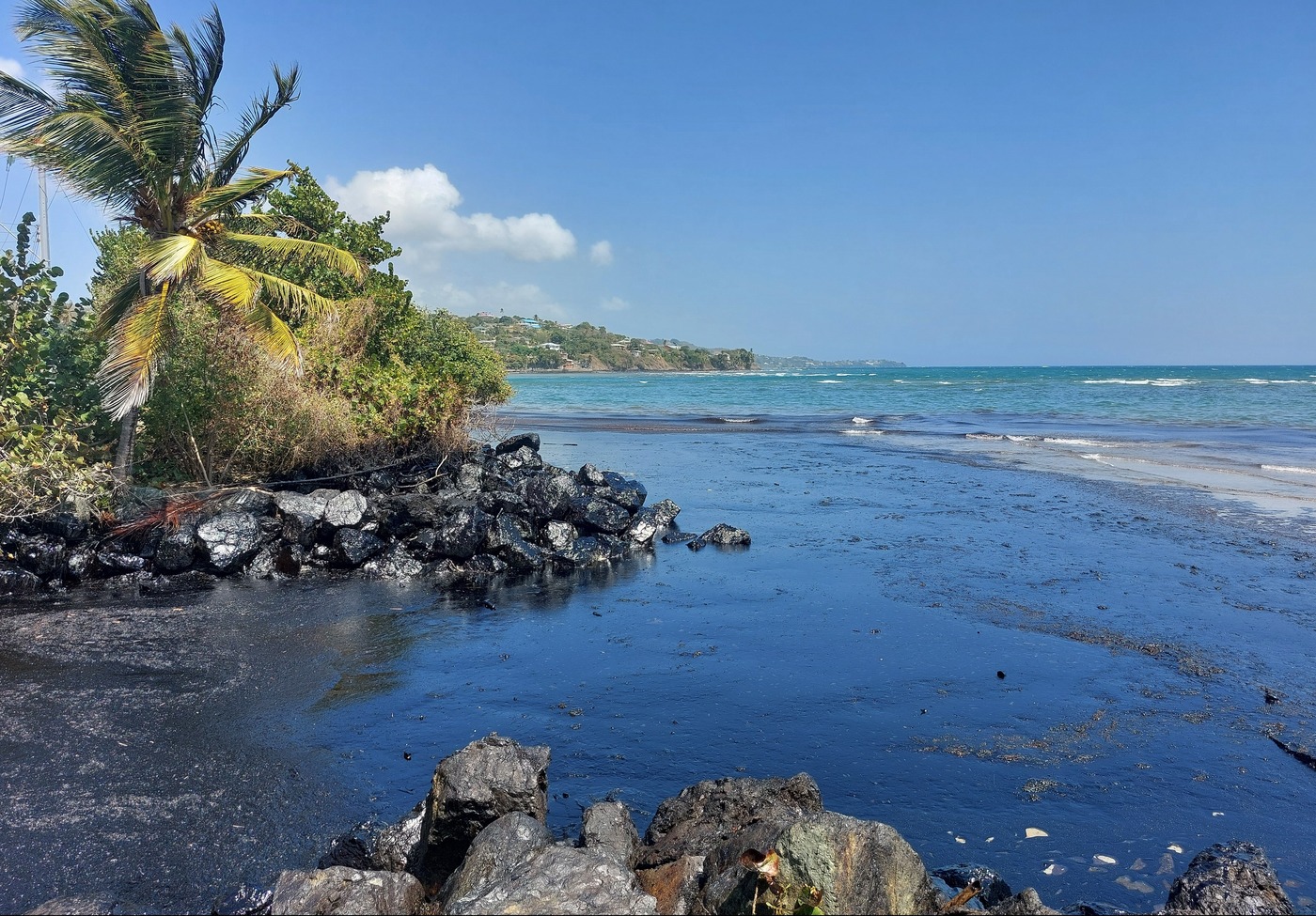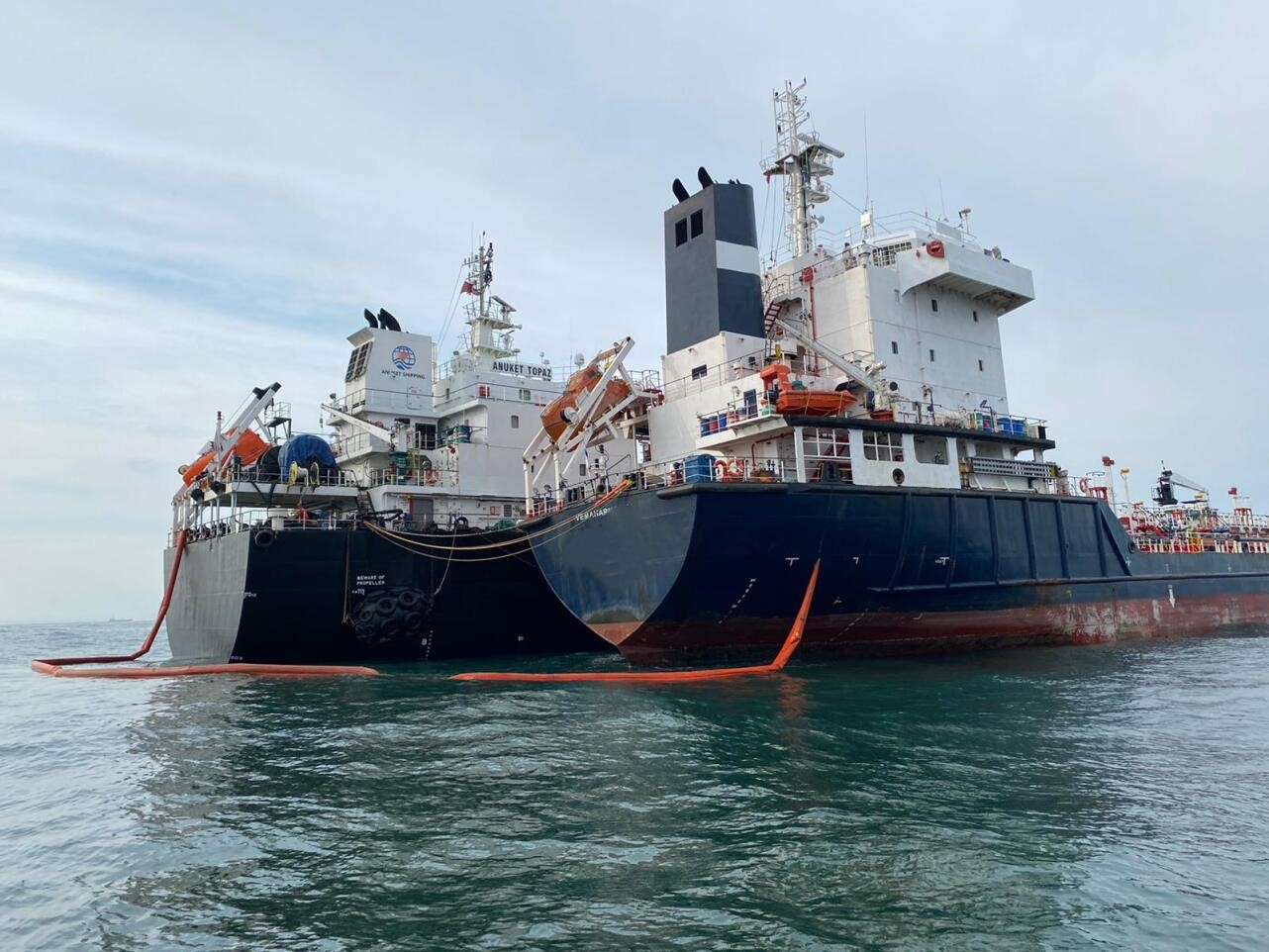Ten simple things you can do to improve your oil spill preparedness
We have all lived through a global pandemic for over a year now, many of us locked down and working remotely. As a result, some companies in the oil and gas industry have been forced to make redundancies for a number of different reasons. Under such circumstances, the priority of oil spill preparedness within oil companies may have waned.
As we start to return to a new normal, it is therefore wise for businesses in the oil industry to assess:
- the level of investment in oil spill preparedness over the last 12 months
- the knowledge lost through headcount reductions
- short term actions to ensure they remain prepared to respond to an oil spill incident.
The following list is a guide to help organisations put in place some prevention barriers and readiness actions. The ultimate aim of the list is to help you and your organisation improve your preparedness. The list is not comprehensive and is in no particular order. Moreover, it assumes the reader is the leader of either an incident or emergency response team or equivalent.
1. Make sure your Oil Spill Contingency Plan (OSCP) or Oil Spill Response Plan (OSRP) is current
Check through your OSCP/OSRP to make sure it is up to date and relevant. First, ensure that the OSCP/OSRP references the correct hydrocarbons(s) and risk ratings. Then, review your worst-case scenario planning to make sure it is accurate.
Be familiar with your company's latest HSE (Health Safety and Environment) protocols and ensure the OSCP/OSRP reflects them. Check that the information is current, factual and represents the company's needs.
Refresh your mind on the procedures, roles and responsibilities and key actions required during an oil spill response. Make sure these are all correct. Then, to run through the planning cycling, check out the IOPG Good Practice Guide for Oil Spill Contingency Planning.
2. Review your relevant government guidelines and protocols to check whether anything has changed
Check on the IMO website and ITOPF country profile internet pages to see what conventions are relevant for your country. In addition, there may have been updates of changes that the plan needs to reflect. Also, check the country plans on the OSRL website as they are a good reference tool too.
Staying up to date with these changes is particularly relevant if you have not had your OSCP/OSRP updated or reviewed for five years or more. If there is a new protocol or a new level of adherence to a convention required, then you will need to check how this will impact your:
- OSCP/OSRP
- response model
- communication lines
- equipment
Make the necessary updates to your OSCP/OSRP. Be sure to communicate any updates you make to the wider organisation and response teams.
3. Check your equipment
Whether you choose to get hands-on with the equipment or not, go to its storage location and check it over. Checking your equipment will help when responding to an oil spill as it will increase your familiarity with the equipment, what it does, its storage location and how to use it. Any trained responder can do this check and review, both offshore and onshore.
Use the OSCP/OSRP and any previous equipment records/audits to identify and review each response item. Check to see if it looks in good working condition, whether all the ancillaries are together and if all the equipment is where it should be. Note any anomalies and capture them in a central system for further action.
Assemble and run the equipment with trained and competent personnel if you can. Check to see if it starts well and there are no faults. This activity could be part of a planned training exercise. Also, assess whether the equipment is commensurate with the risk and suitable to mount a tier 1 response. Thus, are the subsequent stockpiles/subscriptions/memberships for tier 2 and 3 appropriate given the tier 1 capability.
4. Restart your team exercises or do an oil spill scenario
Whether your emergency response team is still remote, fully back in the workplace, or half/half, now would be a suitable time to restart your response team exercises.
Assuming you have already conducted remote desktop exercises, review the lessons learned. Then, identify what you need to consider or focus on when you all get back together in the incident command room.
Including an oil spill scenario in the programme would be beneficial to test/refresh team knowledge. In addition, for first responders deploying equipment and those in the incident command room, it will help them consider their emergency response actions and notifications.
It would also be good to test the communication lines between those still working from home, those at the facility and those at the exercise site.
5. Review the oil spill response knowledge and competence retained in your Incident Command Team
Speak to everyone about their role in the incident management team (IMT). See how competent they feel regarding their knowledge retained. Assess their confidence in their ability to support an oil spill response incident. Review their training and exercise records. See what extra training they could do to further their knowledge. Check online with any course providers to see if there are any offers or free courses available.
Depending on your location and the legislation, if an employee's accreditation has expired, they will need to attend a refresher course to maintain their accredited training standard.
6. See what free relevant oil spill response courses there are online to refresh your knowledge
Have a look online to see what tools you can use to support the emergency response team if you have identified a need/gap. Check out some of the free online seminar programmes hosted by various companies, including IPIECA, GIWACAF and OSRL. See links at the end.
7. Check out the IPIECA/IMO/IOGP websites for up-to-date knowledge sharing, good practice guides and industry updates
Many of the leading oil spill response organisations have daily blogs, articles, up to date good practice guides, publications and other helpful information on their websites. You can use these in the short term to refresh people's knowledge and understanding.
8. Communicate with the Incident Command/Management Team, Crisis Management Team and the wider business regarding the oil spill response status of your business/operation/facility
Talking and communicating is a wonderful way to reinvigorate people's understanding and familiarity with a subject.
Taking the time to share the status of your OSCP/OSRP, the equipment and response techniques with relevant staff ensures that they remember the importance of remaining skilled and knowledgeable on the subject and that they are confident to be part of an oil spill response team.
9. Empower your team to share knowledge and do further (free) training if necessary and available
As part of your incident/emergency command team meetings, have a knowledge sharing session where each team member shares something they have learnt or something that resonates with them about oil spill response. Give them time to do some relevant research and share what they have found. This knowledge share will ensure your response community is talking about relevant subject matters and keeps the team members engaged.
10. Use an online oil spill response capability review tool
Check out the OSRL Ready Check Tool, it's simple to use and freely available on the Oil Spill Response website to undertake a simple capability review of your operations. The tool covers some of the points mentioned above.
Resources to help you along the way
These are my top 10 ideas to get you started on your preparedness journey again, considering what has changed over the last year. Please let us know if you use any of them and how it has helped! Here are some resources to help you along the way:
International Maritime Organisation (IMO)
International Petroleum Industry Environmental Conservation Association (IPIECA)
The International Association of Oil and Gas Producers (IOGP)
The Global Initiative for West, Central and Southern Africa (GI WACAF)
Are you prepared to respond?
Assess your level of preparedness to respond to an oil spill incident with our Ready Check Tool.








